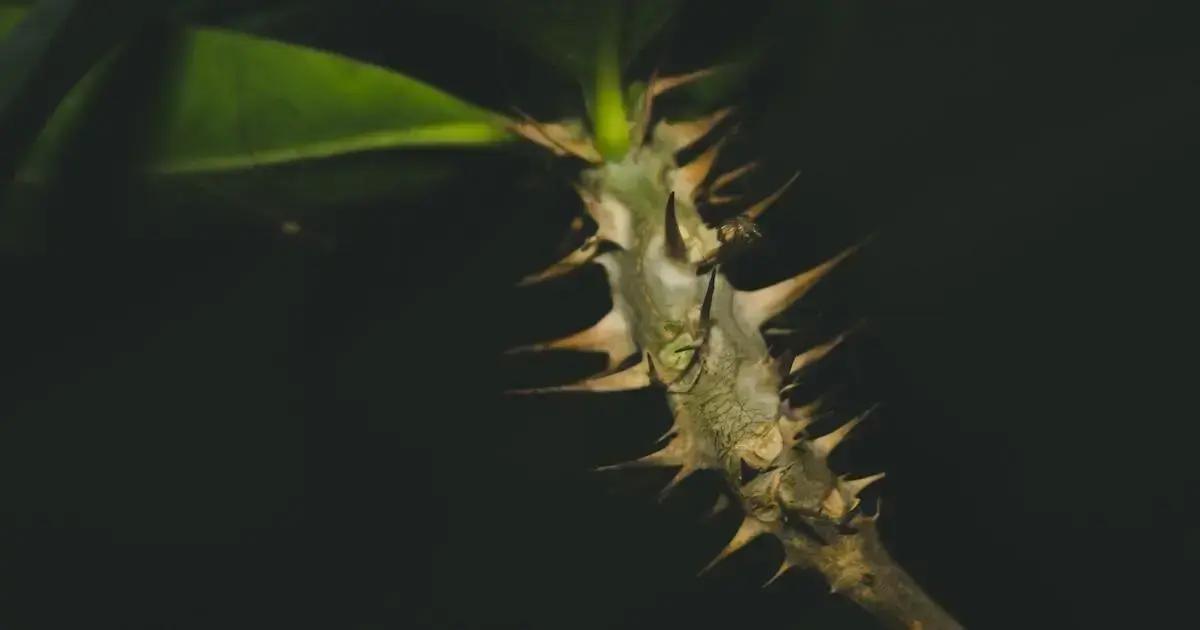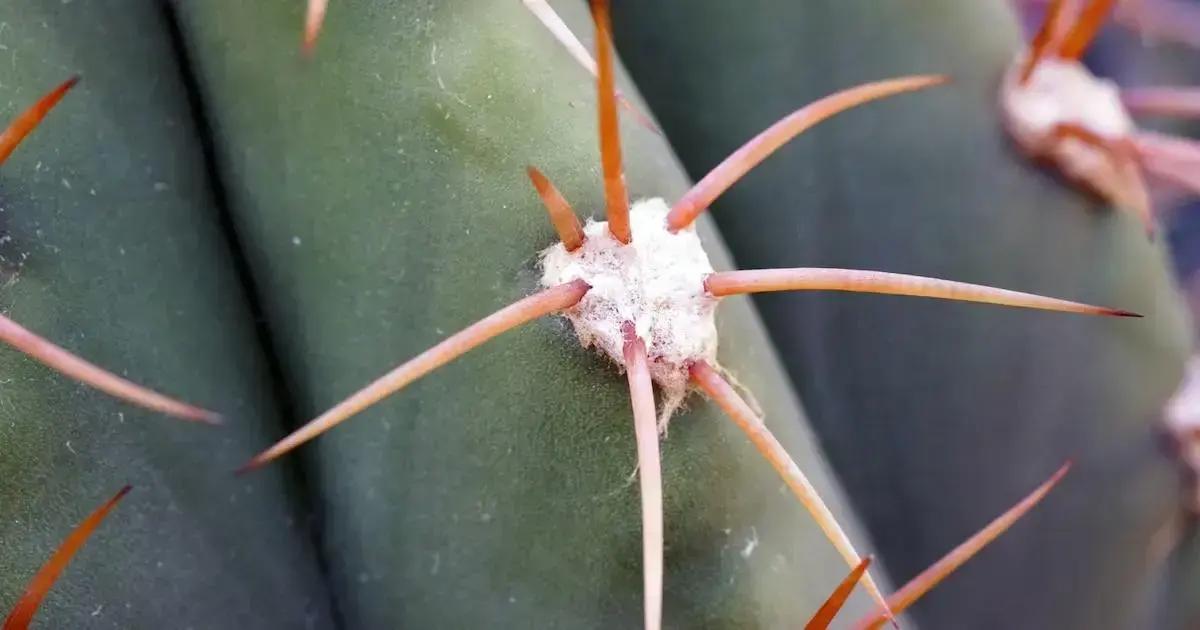How to Care for Crown of Thorns Plants: 5 Essential Tips for Success
How to care for crown of thorns plants is a question that many new gardeners ask when they first encounter this unique and resilient species. These delightful plants not only bring vibrant color to your space but also require specific care to truly flourish. Curious about the best ways to keep your crown of thorns thriving? Let’s explore some essential tips together!
Table of Contents
ToggleUnderstanding the light requirements for crown of thorns
Understanding the light requirements for crown of thorns is crucial for ensuring these plants thrive indoors. Crown of thorns plants, known scientifically as Euphorbia milii, flourish best under specific light conditions that mimic their natural habitat.
For optimal growth, follow these guidelines:
- Provide bright, indirect sunlight for at least 6 hours a day.
- Avoid overly direct sunlight as it may scorch their leaves.
- Consider using grow lights if natural light is insufficient.
Crown of thorns can adapt to lower light conditions, but this may lead to leggy growth and fewer blooms. To keep your plant vibrant:
- Rotate the plant regularly to ensure even light distribution.
- Monitor for signs of stress, such as leaf drop or pale coloration.
- If you see these signs, adjust the plant’s position for more sun.
Light preferences
The light requirements for crown of thorns can depend on the variety:
| Variety | Light Preference |
|---|---|
| Standard Euphorbia milii | Full sun for optimal flowering |
| Dwarf varieties | Bright, indirect sunlight |
By understanding the light requirements for crown of thorns plants, you can ensure they maintain healthy growth and vibrant blooms. Regularly evaluate their lighting condition based on the seasons and be prepared to adjust accordingly.
For further guidance on indoor gardening schemes, check out exploring indoor gardening techniques that can enhance your experience.
Essential tips on watering crown of thorns plants

Essential tips on watering crown of thorns plants can significantly impact their health and growth. Understanding the watering needs of these succulents is key to thriving indoor gardening.
Proper watering techniques help balance moisture and prevent root rot, a common issue for Euphorbia milii. Here are some guidelines to follow:
- Allow the soil to dry out completely between waterings.
- Water deeply but infrequently, aiming for once every one to two weeks.
- Reduce watering in the winter months when the plant’s growth slows down.
How to determine when to water
Monitoring the moisture levels can help prevent overwatering:
- Check the top 2 inches of soil; it should feel dry before watering.
- Use the finger test: Stick your finger into the soil to gauge wetness.
- Consider using a moisture meter for precise readings.
Signs of improper watering
Watch for signs that indicate your crown of thorns might be over or underwatered:
| Condition | Symptoms |
|---|---|
| Overwatering | Yellowing leaves, root rot, wilting despite wet soil |
| Underwatering | Leaf drop, shriveled appearance, stunted growth |
By mastering the essential tips on watering crown of thorns plants, you can create a nurturing environment that promotes strong growth and vibrant blooms. Additionally, for insights on various indoor gardening methods, consider exploring indoor gardening techniques that may enhance your approach.
Common pests affecting crown of thorns and how to treat them
Common pests affecting crown of thorns and how to treat them can significantly impact the health of your Euphorbia milii. These plants, while resilient, can be vulnerable to specific pests that require prompt action to ensure their vitality.
Identifying pests early is essential for effective treatment. Here are the most common pests and their treatments:
- Mealybugs: Look for white cottony clumps on stems and leaves.
- Spider mites: Fine webbing on leaves and stippling damage are indicators.
- Scale insects: Brown, raised bumps on stems indicate scale presence.
Treatment options for pests
Eradicating pests is crucial for the health of crown of thorns plants. Here’s how to manage these issues:
- Manual removal: For pest infestations like mealybugs and scale, gently wipe them off with a cotton swab dipped in alcohol.
- Insecticidal soap: Apply insecticidal soap or neem oil as a preventive measure or to treat infestations. Follow package instructions for safety.
- Regular monitoring: Inspect your plants weekly for signs of pests, which can help you catch infestations early.
Managing pest outbreaks
| Pest | Treatment | Prevention |
|---|---|---|
| Mealybugs | Alcohol wipes; insecticidal soap | Maintain good air circulation and avoid over-fertilizing |
| Spider mites | Neem oil; misting plants to increase humidity | Avoid dry conditions; regularly clean leaves |
| Scale insects | Manual removal; insecticidal soap | Check for weak plants; provide proper care |
Effective management of common pests affecting crown of thorns can help maintain a robust and beautiful plant. For more tips on enhancing your indoor garden, consider exploring indoor gardening techniques that may support your efforts.
In conclusion
Caring for crown of thorns plants requires attention to various factors, including light requirements, proper watering techniques, and pest management. By implementing the essential tips discussed, you can ensure your Euphorbia milii thrives and produces beautiful blooms.
Remember to regularly inspect your plants for signs of stress and address any pest issues promptly. With the right care and knowledge, your crown of thorns can flourish beautifully indoors. For further insights, you can find valuable tips on enhancing your indoor garden to support your gardening journey.

